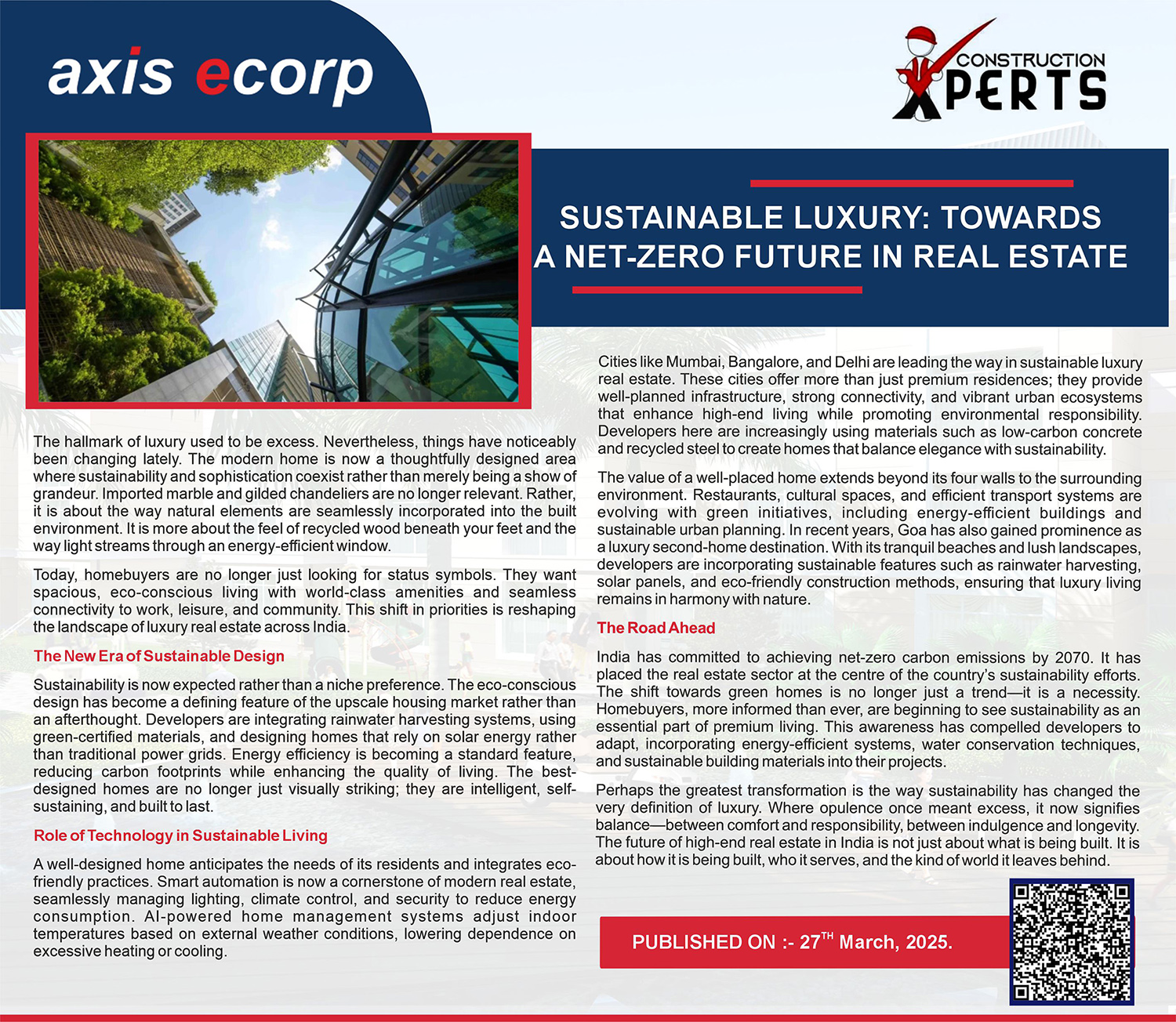How can commercial real estate reinvent itself to remain relevant, post-COVID-19?

Commercial real estate, most notably the retail and office spaces, have been hit hard by the COVID-19-induced new normal across the world. It is, hence, being debated whether commercial real estate would be able to reinvent itself, to remain relevant in the post-COVID world, where the work from home (WFH) culture and online shopping threaten to eat up the market share of retail and office space segments, which were highly lucrative till recently.
mpact of COVID-19 on commercial real estate market
As per a Track2Realty consumer survey, 56% employers are finding WFH to be a long-term reality. In retail spaces, the vast majority of Indians (as many as 84%) are comfortable with the reality of online shopping. Does this mean bad news for commercial real estate? Not quite, as the study also noted that the WFH culture was affecting the mental health of the workforce. No less than 68% of Indians were craving to return to the office set-up for better productivity and work-life balance. Similarly, malls that were more than the shopping centres, were being missed by a large share of the respondents. As many as 84% said that they would love to go back to the malls for leisure and entertainment.
This calls for a reality check. How can commercial real estate developers and operators pull back the eager-but-hesitant Indians? If WFH continues to be a reality and Indians are comfortable shopping online, why should office spaces and malls even exist? If the commercial spaces exist, there is a running cost to it. Most of the developers in this segment have the dual challenge of serving the debt interest as well as the occupiers’ increasing exit. Can there be an innovation that the market adopts seamlessly? Industry stakeholders, too, are thinking on the same lines but have no concrete plan of action as of now.








